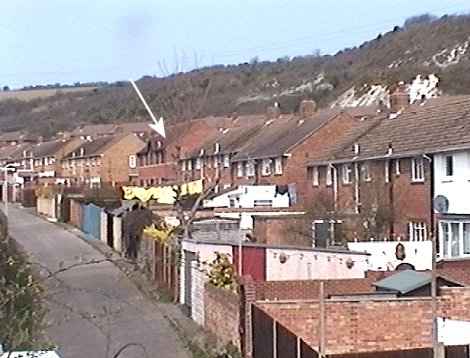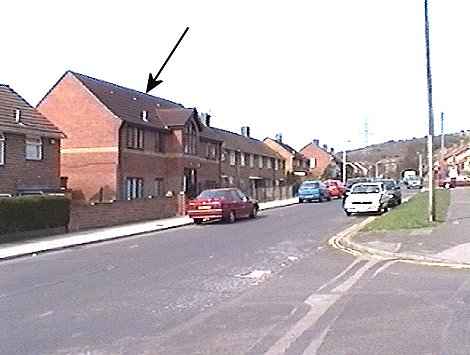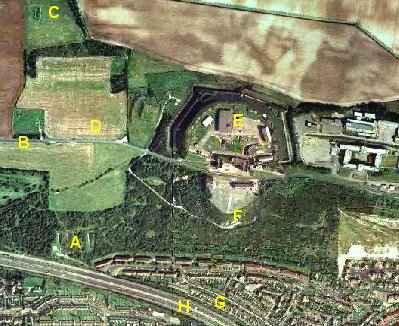|
|
The list
of possible causes described above seems exhaustive, and yet no
single cause will explain the three problems experienced in
Hillsley Road, which are:
-
subsidence
of buildings, pavements and lamposts
-
noises
emanating from the ground which sound like human activity
-
fuel
oil smells
It seems
then that we are dealing
with a combination of causes, so let's deal with each problem in
turn.
|
|
|
|
Subsidence
|
|
The Fuel
Bunker complex and the UGHQ as they were originally built can be
ruled out, and it looks very unlikely that they were enlarged in
later years in the direction of Hillsley Road because:
-
it was
known in 1947 that a Motorway would one day pass through this
area so further underground work there should have been avoided
-
any
expansion of the existing underground systems would surly have
taken place in a west to east direction to ensure that there was
sufficient depth of ground above the tunnels and to keep them
level. If additional tunnels were made southwards towards
Hillsley Road then the tunnels would either run downwards at a
gradient of 30 degrees, or a vertical shaft of 100 feet would be
required to get under the road - what would be the point in
this?
The construction of the
M27 Motorway has got to be a prime contender for the subsidence
found at Hillsley Road. Although a survey was made to determine if
this was responsible it is has never been made public, and all the
properties affected were owned by Portsmouth City Council, so the
matter was never pursued. If you take a look at the photo at the top
of this page you will see that the properties in the road are about
75 feet away from the Motorway cutting, and if the ground in parts
was already naturally weak then this could have provoked the
subsidence. No other parts of the housing estate have been affected
by subsidence, which would tend to rule out a ground fault being
responsible on its own.
An
undisclosed underground system seems more unlikely now than it did
when first suggested in the 1980s. This type of subterranea would
have been Cold War related, and with this era long gone evidence of
its existence would have come to light - it hasn't. As described
above this area does not lend itself to underground works,
especially secret ones - it is populated, too far down Portsdown
Hill, has poor access, and had roadway development pending.
|
|
|
|
Underground Noises
|
|
These have
been described as: heavy machinery operating, metallic sounds, and
tapping. All of these would have been generated by the daily routine
in the Fuel Bunkers when they were operational. The only other
underground location was the UGHQ, and this had long since been
abandoned. However there is an anomaly here which is detailed on page
3.
Although
much has been made in this account of the distance between the Fuel
Bunkers and the affected properties, the sounds could have been
carried by any of the usual underground services: water, gas, power,
comms and sewage systems, most of which would have had a direct
connection with the Fuel Bunkers.
Another possibility is
that certain geologies, especially fissures, can act as
good conductors of sound, so that noises can be heard some way from its
source, particularly if the sound is of a subterranean origin. Such similar
phenomena have been experienced in the Coalfields in the north of England in the past.
|
|
|
|
Fuel Oil Smells
|
|
First
on the list must be the Fuel Bunkers. With nine 50 year old reservoirs
holding thousands of tons of Fuel Furnace Oil it would not be
unreasonable to expect the occasional or even permanent leak. The
containment of lost oil was provided for as the Bunkers were
equipped with emergency soak-aways, and since these were higher than
Hillsley Road the oil would have gravitated to that area.
The smell
could also have come from the M27 Motorway, as the prevailing
southwesterly winds would have carried the Motorway fumes directly
over Hillsley Road.
|
|
|
|





